Park Narodowy Kaziranga (काज़ीरंगा राष्ट्रीय उद्यान)
Park Narodowy Kaziranga – park narodowy o powierzchni 430 km kwadratowych, położony w północno-wschodnich Indiach, w stanie Asam, na wschód od miasta Guwahati, nad rzeką Brahmaputra.
Głównym celem utworzenia parku była ochrona nosorożca indyjskiego, którego 2/3 światowej populacji (około 1850 osobników) zamieszkuje na terenie parku. Na obszarze parku występuje również szereg innych, zagrożonych gatunków zwierząt, w tym tygrys bengalski (około 90 osobników), słoń indyjski, gaur (kilkadziesiąt osobników), hubarka bengalska, a także wiele gatunków ptactwa wodnego.
Początki ochrony przyrody na terenie parku sięgają 1905 roku kiedy utworzono tu rezerwat przyrody mający na celu ochronę nosorożców, zagrożonych wówczas wyginięciem. W 1938 polowania na nosorożce zostały ostatecznie zakazane. W 1950 został utworzony na tym terenie rezerwat ścisły, przekształcony w roku 1974 w Park Narodowy Kaziranga.
W 1985 park został wpisany na listę światowego dziedzictwa UNESCO.
Links
Images Gallery
-

-

-
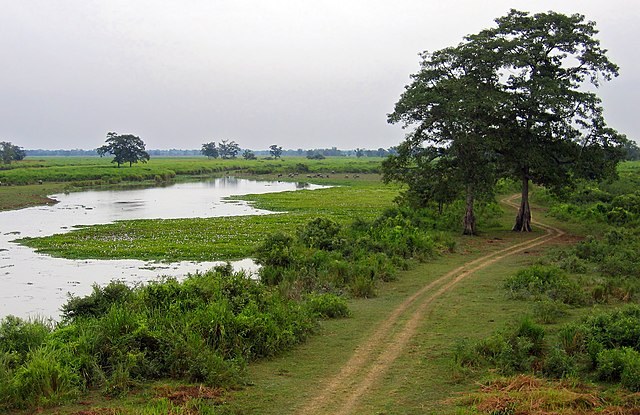
-

-

-
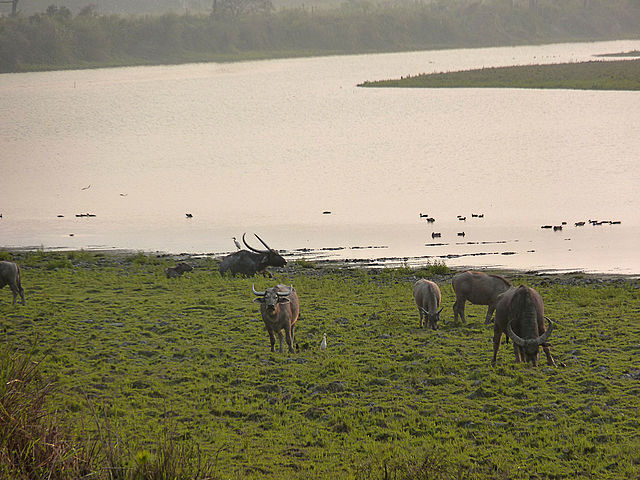
-

-

-

-

-

-

-

-

-
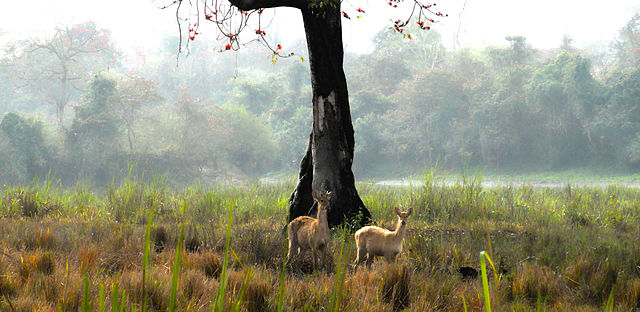
-

-

-

-

-

-

-
-

-
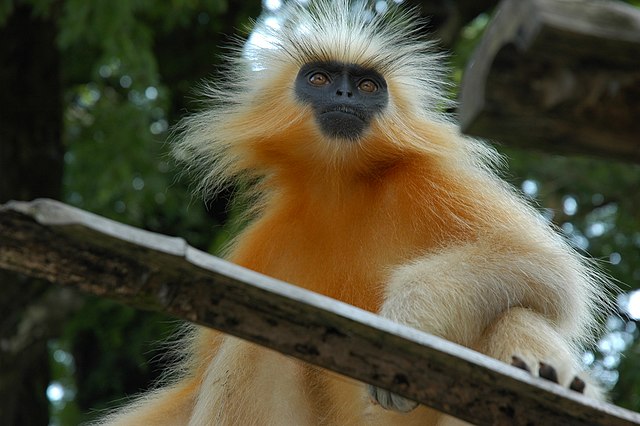
-

-
-

-

-
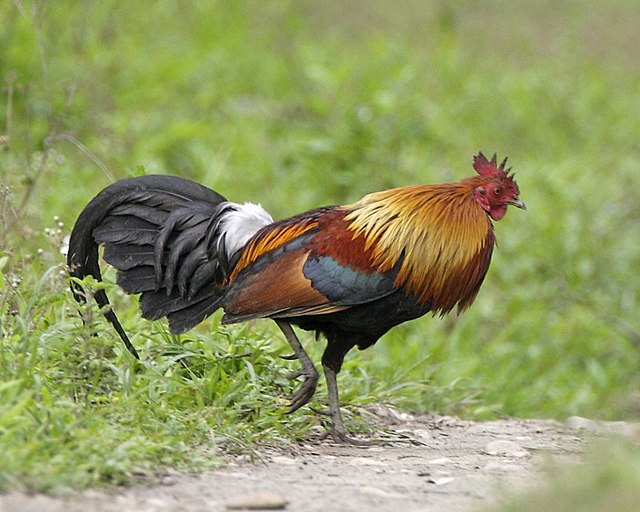
-
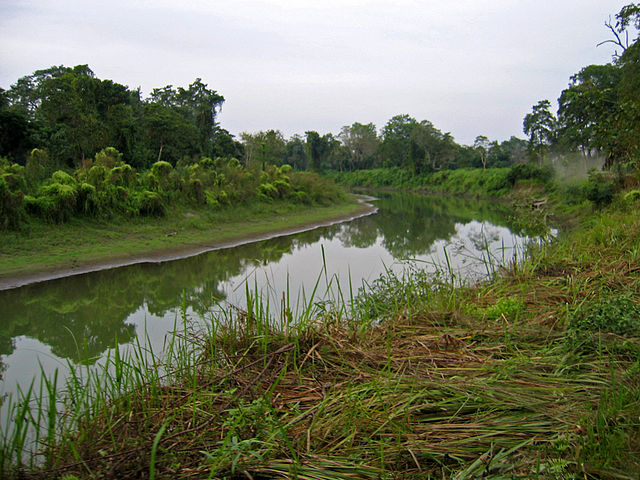
-
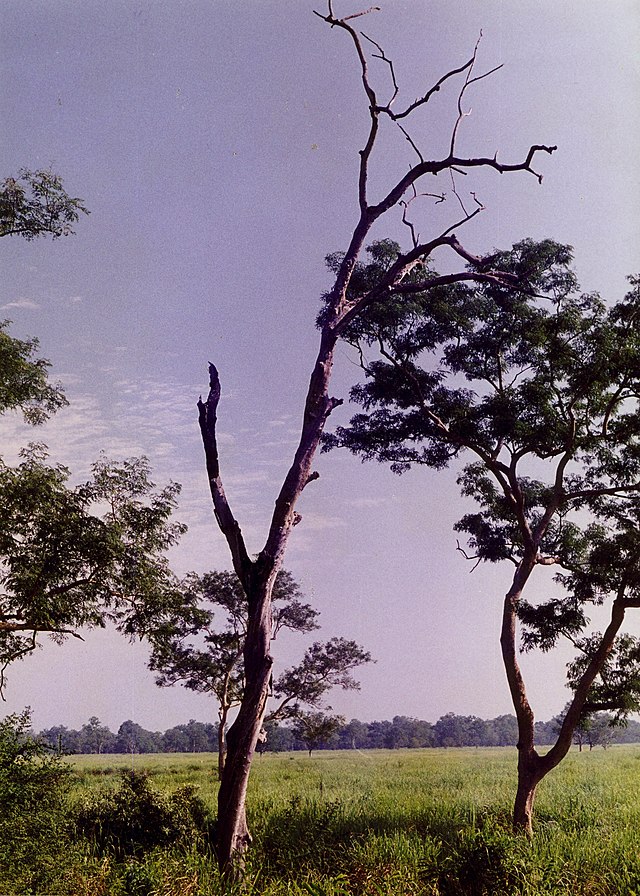
-

-

-
-

-

-

-
-
-

-
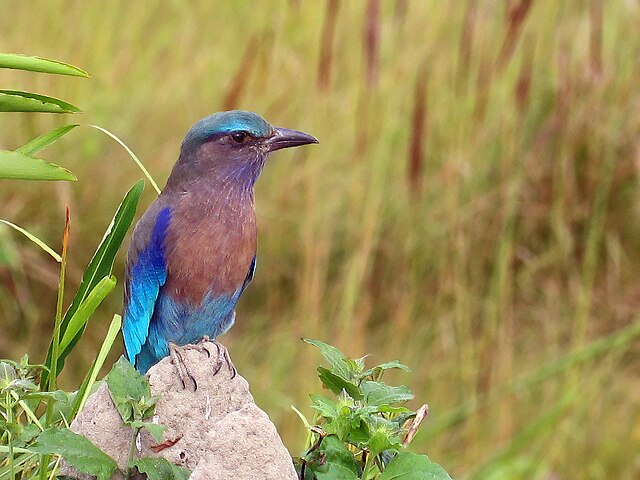
-
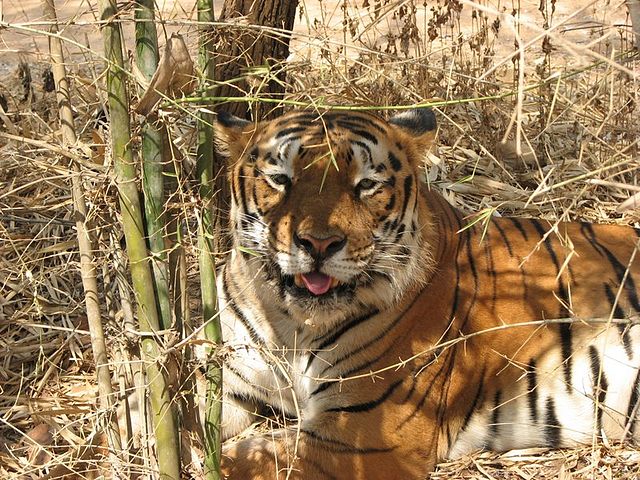
-
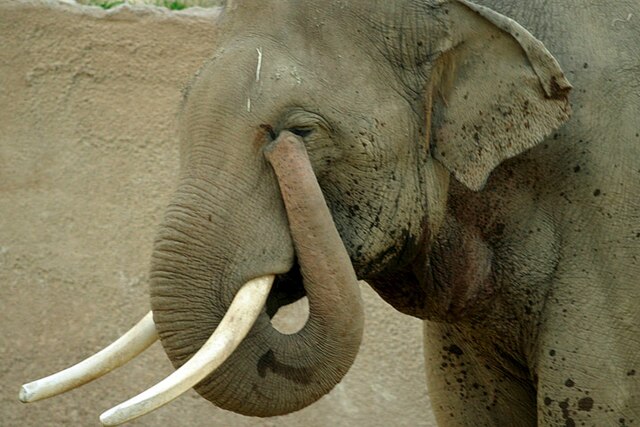
-

-

-

-
-

-

-
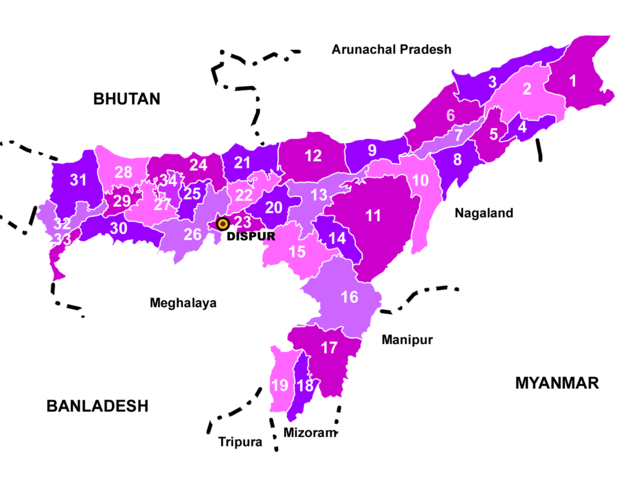
-
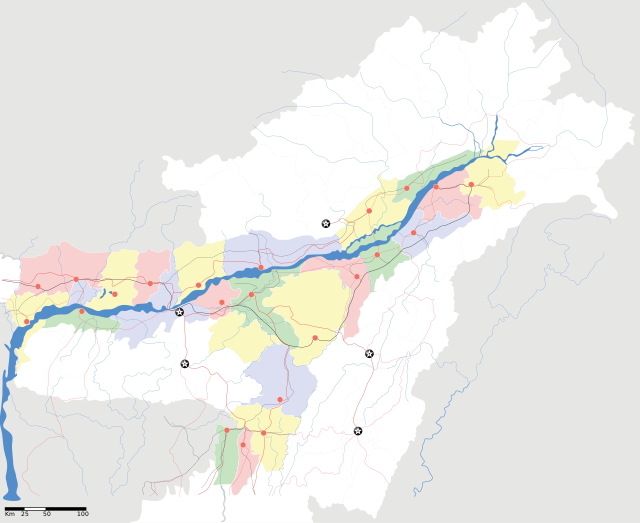
-

-

-

-

-
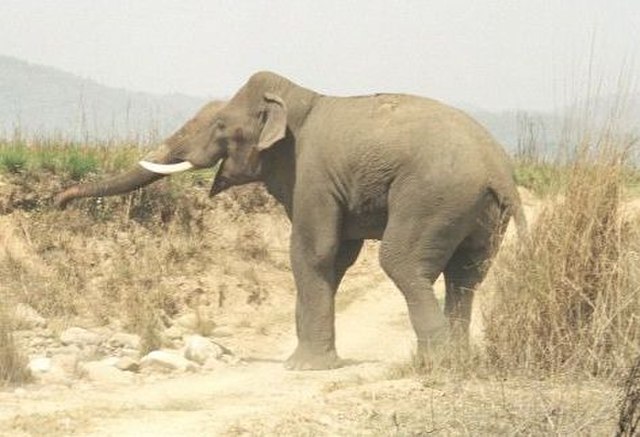
-

-
-
 Nosorożec indyjski w Parku Narodowym Kaziranga
Nosorożec indyjski w Parku Narodowym Kaziranga
-

-

-
-

-
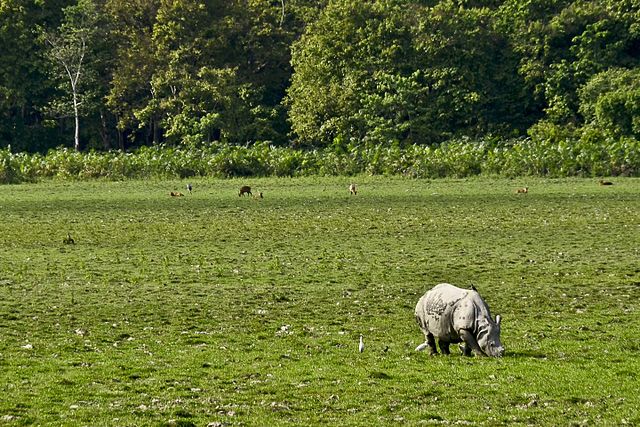
-

-

-
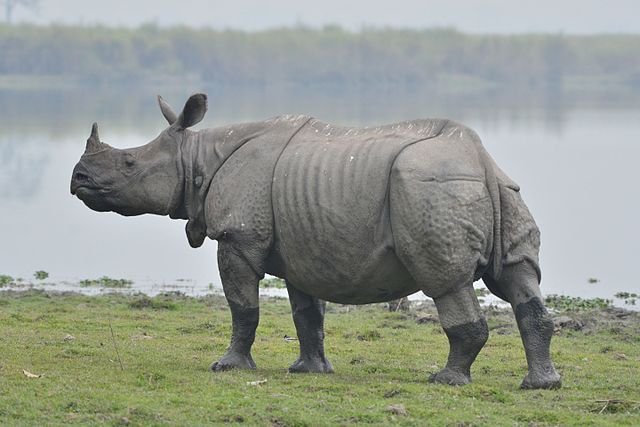
-

-

-
-

-
-

-

-
-
-

-

-

-

-

-
-

-
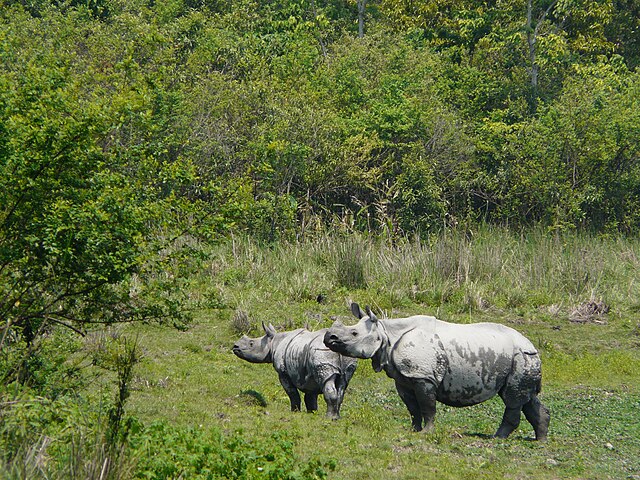
-

-

-
-

-

-

-

-

-

-

-

-
-

-

-

-

Comments
-
All those who have thought Indian one-horned rhinoceros only existed in Jurassic-era, then a trip to Kaziranga is a must for them. One of the most sought after wildlife holiday destinations in India, Kaziranga National park’s 430 square kilometer area sprinkled with elephant-grass meadows, swampy lagoons, and dense forests is home to more than 2200 Indian one-horned rhinoceros, approximately 2/3rd of their total world population. Formed in 1908 on the recommendation of Mary Curzon, the park is located in the edge of the Eastern Himalayan biodiversity hotspots – Golaghat and Nagaon district. In the year 1985, the park was declared as a World Heritage Site by UNESCO. It is said when Mary Curzon, the wife of the Viceroy of India – Lord Curzon of Kedleston, visited the park to see Indian one-horned rhinoceros; she wasn’t able to found even one. Then she persuaded her husband to take urgent measures to protect the dwindling species which he did by initiating planning for their protection. After a series of meetings and documentations, the Kaziranga Proposed Reserve Forest was created with an area of 232 km2 (90 sq mi) in 1905.
3 days ago -
It is one of the best National parks in the country. Located in beautiful state of Assam this is the must visit tourist destination when travelling to North East. We went there in the month of Feb which is very apt time to visit this national park. It makes you fall more in love with the nature. There is an elephant safari early in the morning which one should definitely go for. There is an option for morning or afternoon Jeep safari. If you go for elephant safari then afternoon jeep safari would be best. This place offers you mesmerising flora and fauna.
2 months ago -
-
-
We were here in the month of April when the weather was just right. It was neither too hot not too cold. We were fortunate enough to see quite a lot of wildlife during our trip there. It's better to book both the morning and the afternoon trips of you are an avid wildlife lover. There are chances that you will miss out quote a bit of its just one safari that you plan to take. The place is very scenic and pretty well left on its own for nature to take care of.
3 months ago -
-
Amazing place with various views of animals. Everything is so peaceful and quite. The environment and greenery soothes one's heart and mind. Going early morning is the best time to see many animals. I had an amazing time spent there. Must go and visit it once.
a week ago -
A hidden gem on earth. This place have a huge numbers of rhinos. Beauty of nature and the creatures of nature is hidden here. Best time to visit here is jan feb. You will see here diffrent kinds of animals here and the real beauty of the God. Jungle safari is the good here reather then jimcorbet. The people's of this place are very helpful and kind and the local market of kaziranga is too good. Must visit here in a life.
4 weeks ago



































































































